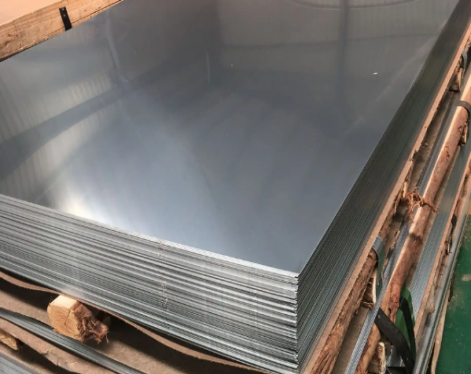Temperature coefficient is the rate at which the physical properties of a material change with temperature.
The temperature coefficient refers to the relative change of a specific physical quantity when the temperature changes by 1K. Some properties of the material will change with temperature changes, such as resistance temperature coefficient, voltage temperature coefficient, thermal conductivity temperature coefficient, density temperature coefficient, etc.
The temperature coefficient can generally be measured by actual tests.
Regarding the international general standard ANSI B31.1 in the piping of petroleum refineries, the valve-flange pressure and temperature grades are 150, 300, 400, 600, 900, 1500, and 25001b. When choosing valves and flanges, in addition to paying attention to the operating pressure, you must also pay attention to the operating temperature. For example, if the flange of the same pressure level is used, increasing its operating temperature will reduce the operating pressure, that is, we usually use the heating and pressure reduction.
The design pressure of platform piping is usually considered according to the following principles:
a. The design pressure is 1.1 times the operating pressure or 350 kPa plus the operating pressure, whichever is greater. However, the maximum design pressure cannot be greater than 700 kPa above the maximum operating pressure that may occur.
b. The minimum design pressure of the pipeline connected to the atmospheric pressure design equipment cannot be lower than the pressure-temperature level of 150 lb.
c. The design pressure of the wellhead oil outlet pipelines and manifolds should be equal to or greater than the shut-in pressure of oil and gas wells. If it is lower than the shut-in pressure of oil and gas wells, emergency shut-off and fluid source shut-off should be provided, and a pressure safety valve should be installed to protection.
d. The platform process pipeline can be determined in stages according to the system design pressure. The pressure-temperature level of each stage of the system pressure (including containers, valves, flanges, pipes or accessories) should have a corresponding source of overpressure cut-off source and pressure Safe release measures to protect.
The design temperature of the platform is usually considered according to the following principles:
a. When the temperature of the conveying medium is higher than the ambient temperature, the maximum design temperature must be at least 30℃ above the maximum design temperature that may occur.
b. When the temperature of the conveying medium is lower than the ambient temperature, the minimum design temperature must be at least 7℃ lower than the minimum design temperature that may occur.
The temperature coefficient refers to the relative change of a specific physical quantity when the temperature changes by 1K. Some properties of the material will change with temperature changes, such as resistance temperature coefficient, voltage temperature coefficient, thermal conductivity temperature coefficient, density temperature coefficient, etc.
The temperature coefficient can generally be measured by actual tests.
Regarding the international general standard ANSI B31.1 in the piping of petroleum refineries, the valve-flange pressure and temperature grades are 150, 300, 400, 600, 900, 1500, and 25001b. When choosing valves and flanges, in addition to paying attention to the operating pressure, you must also pay attention to the operating temperature. For example, if the flange of the same pressure level is used, increasing its operating temperature will reduce the operating pressure, that is, we usually use the heating and pressure reduction.
The design pressure of platform piping is usually considered according to the following principles:
a. The design pressure is 1.1 times the operating pressure or 350 kPa plus the operating pressure, whichever is greater. However, the maximum design pressure cannot be greater than 700 kPa above the maximum operating pressure that may occur.
b. The minimum design pressure of the pipeline connected to the atmospheric pressure design equipment cannot be lower than the pressure-temperature level of 150 lb.
c. The design pressure of the wellhead oil outlet pipelines and manifolds should be equal to or greater than the shut-in pressure of oil and gas wells. If it is lower than the shut-in pressure of oil and gas wells, emergency shut-off and fluid source shut-off should be provided, and a pressure safety valve should be installed to protection.
d. The platform process pipeline can be determined in stages according to the system design pressure. The pressure-temperature level of each stage of the system pressure (including containers, valves, flanges, pipes or accessories) should have a corresponding source of overpressure cut-off source and pressure Safe release measures to protect.
The design temperature of the platform is usually considered according to the following principles:
a. When the temperature of the conveying medium is higher than the ambient temperature, the maximum design temperature must be at least 30℃ above the maximum design temperature that may occur.
b. When the temperature of the conveying medium is lower than the ambient temperature, the minimum design temperature must be at least 7℃ lower than the minimum design temperature that may occur.
Previous:Stainless Steel Material Composition
Next:Pipe Roughness









